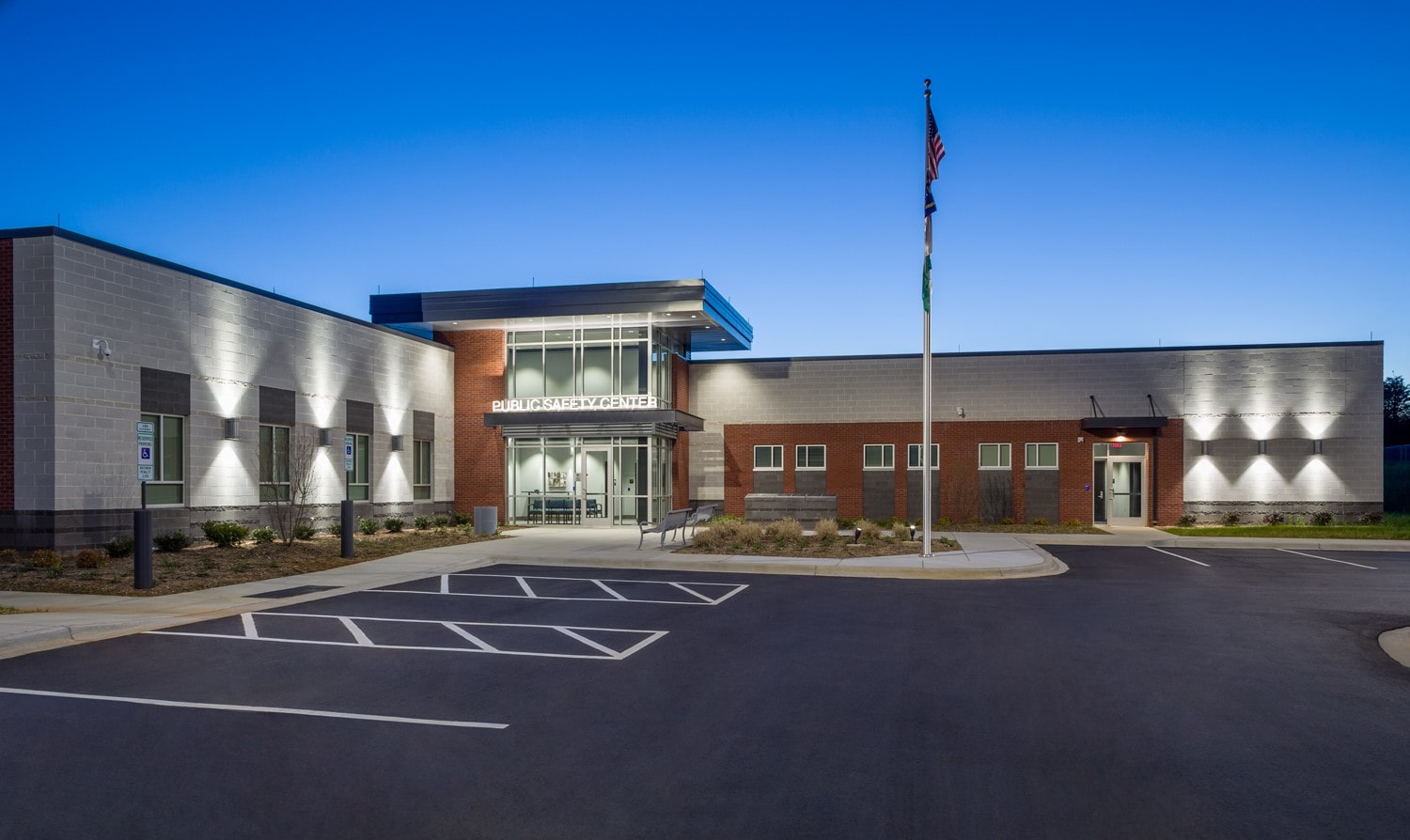On-Demand Webinar: COVID-19: Actionable Ideas to Help Your ECC Sustain Operations
The Coronavirus (COVID-19) has now reached a pandemic state with dozens more cases and states affected each day. How prepared is your ECC for this critical outbreak, specifically related to operations, technology and Continuity of Operations (COOP) and disaster recovery (DR) planning? In this 45-minute presentation, MCP subject-matter experts share insights on technology, operations and policies pertinent to ECC operations during a pandemic outbreak and actionable solutions ECC staff can implement immediately, as well as preparations for future pandemics.
Topics: On-Demand Webinars










